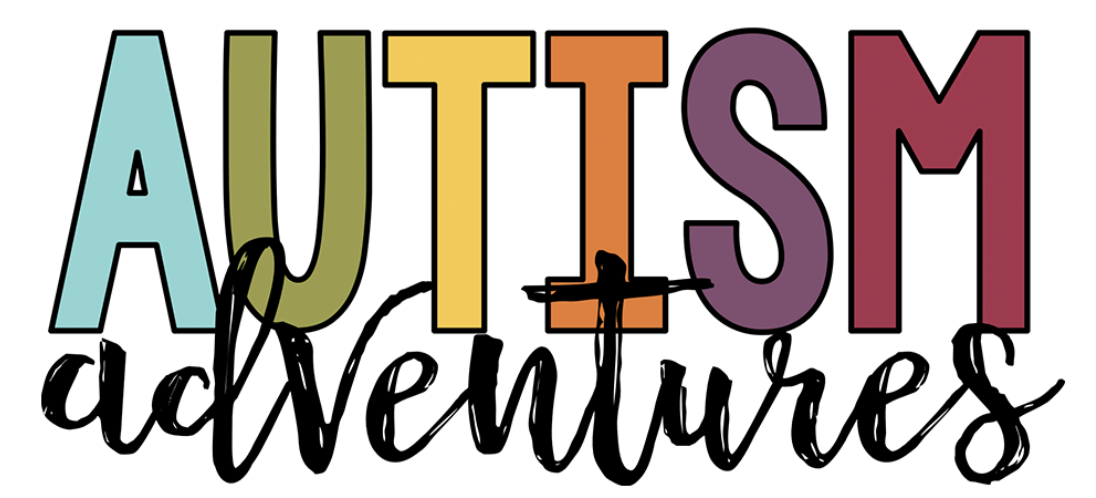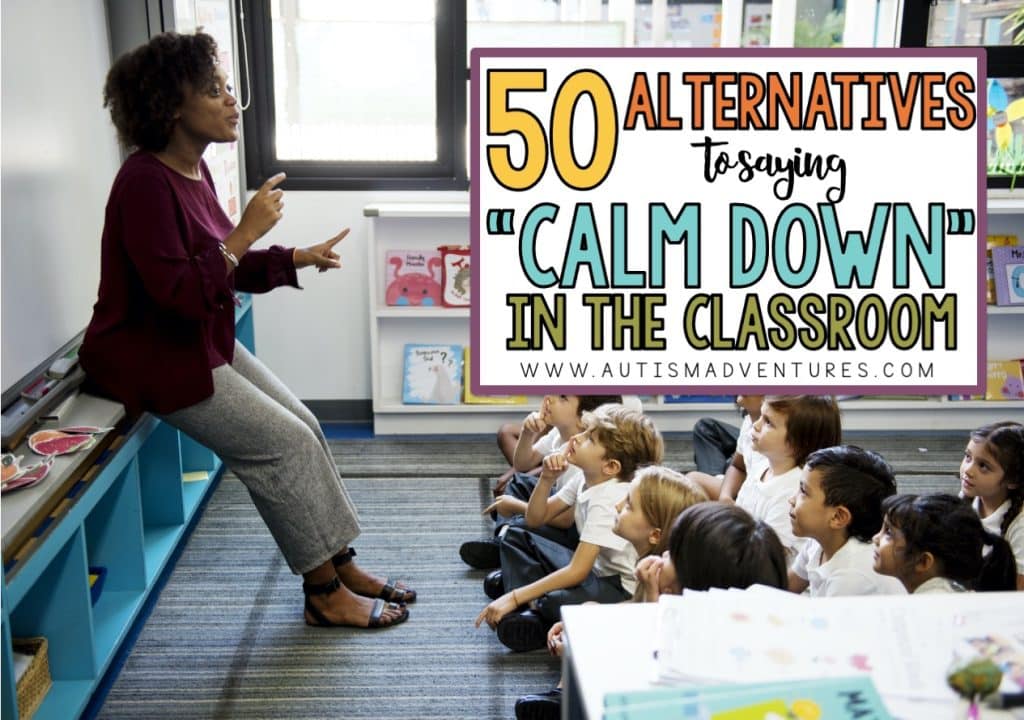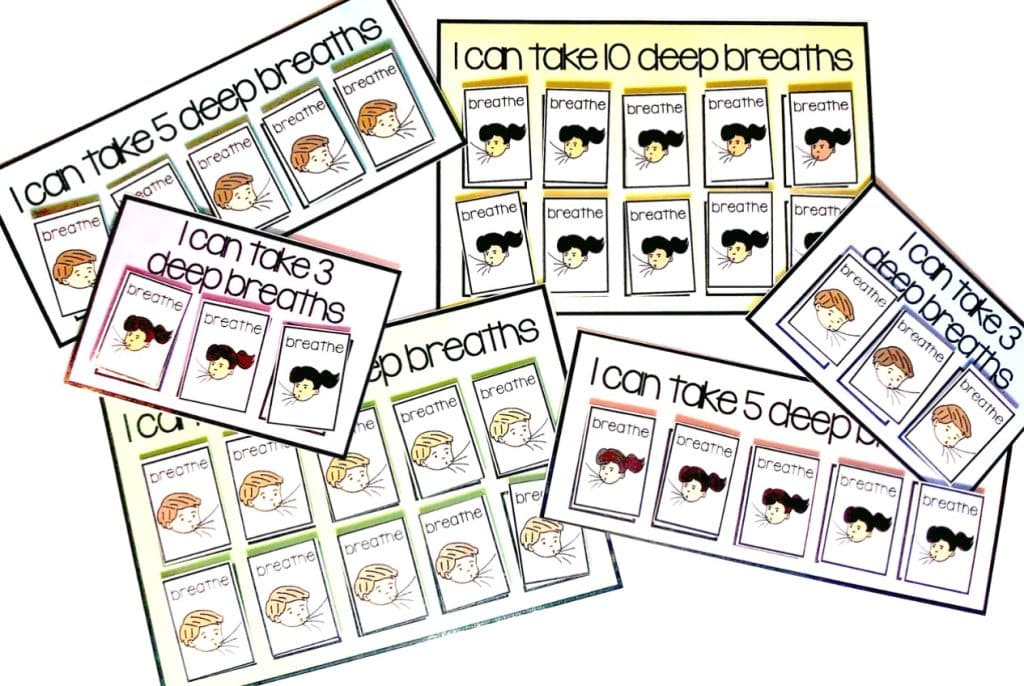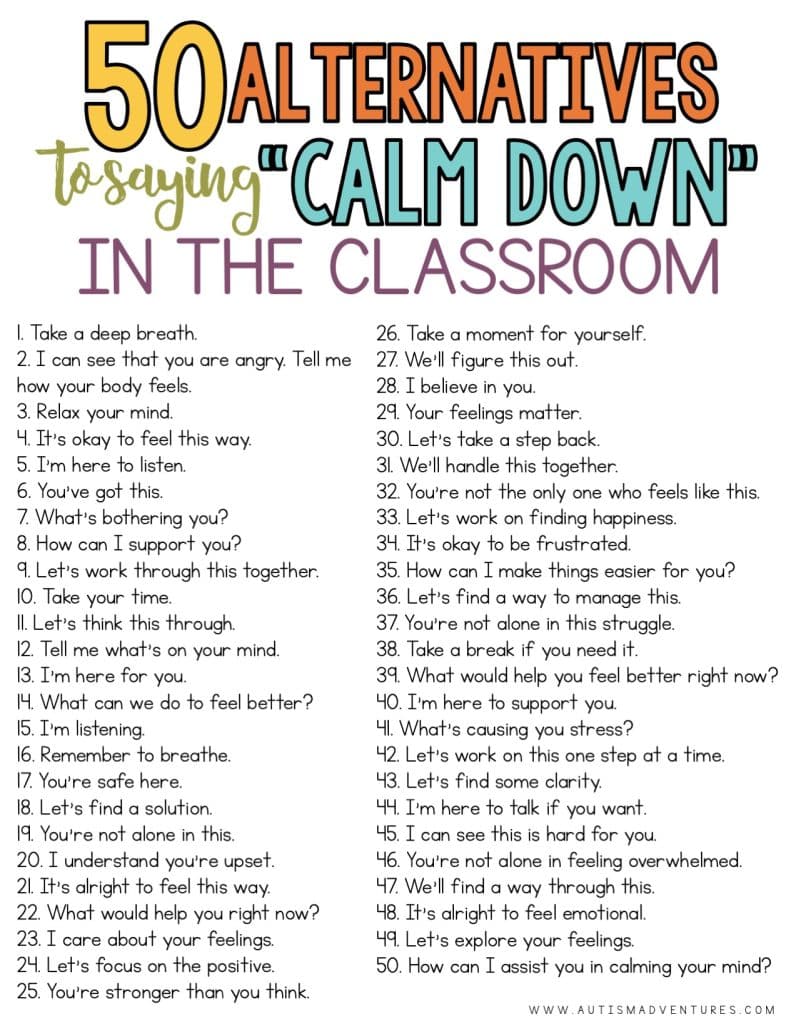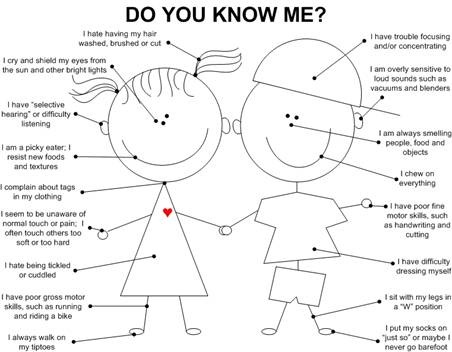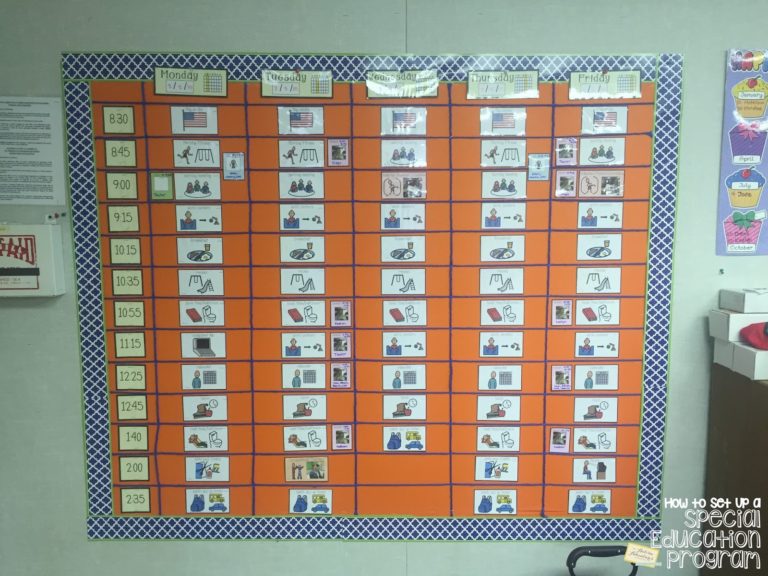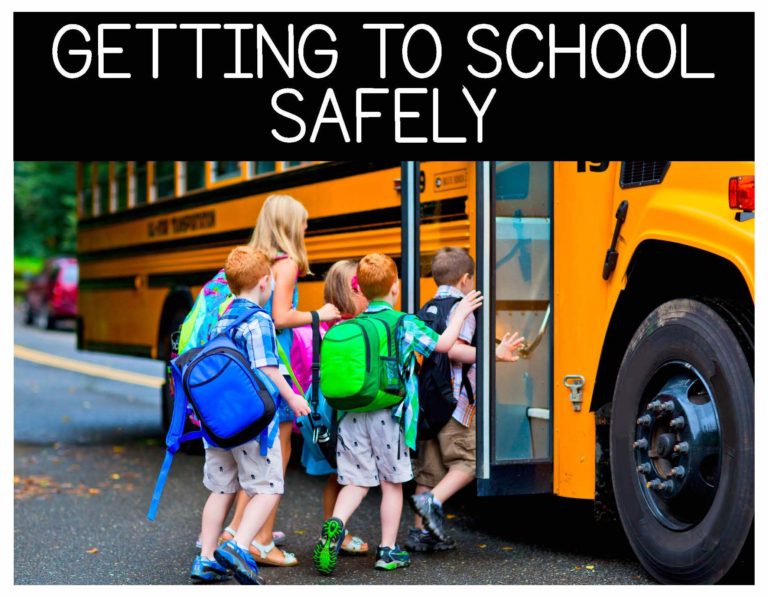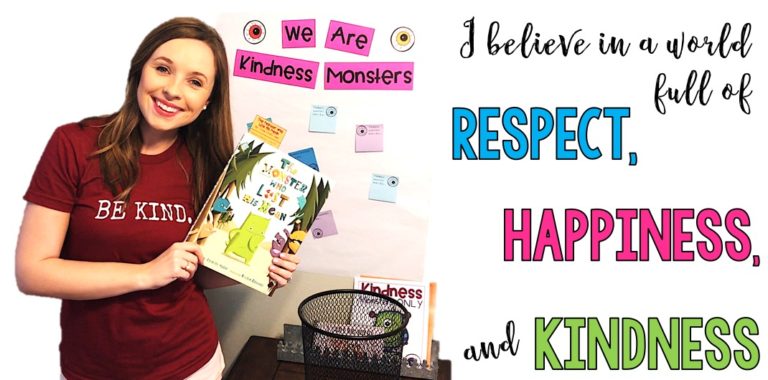50 Alternatives to Saying “Calm Down” in the classroom
Recognizing and supporting student emotions is one of the most important thing adults can do when working with students. Helping a child to cope can be an every day occurrence in the classroom. Today we are discuss how to appropriately tell a child to calm down.
In the fast-paced world we live in, often times staff will quickly dismiss a child emotions by saying phrases like ‘oh, you are okay” or “calm down, you are going to be fine” in an attempt to resolve the problem. While the intention behind such common phrases like these may be good, they can be damaging. Ultimately, we should never be telling someone, especially a child, how they feel. Phrases like this will be doing more harm than good. Our goal as teachers should be to help students, not hurt.
Addressing a child in distress
When addressing a child in emotional distress, it’s important to offer empathy and reassurance. Because of this, we, as teachers, should be the student’s safe place. When speaking to the child, use age-appropriate language while acting calm yourself. It is imperative that you maintain a calm and kind demeanor when interacting with your students, even if you feel overwhelmed yourself.
When a child is in distress it is important to listen to them and validate the child’s feelings. We want to encourage them to communicate their feelings because this is the simplest way to build open communication. When working with students with big feelings, it is important to teach social-emotional skills in the classroom. By teaching these skills on a daily or weekly basis you are helping to set students up for success when these hard feelings arise. You can integrate social-emotional skills in the classroom with specific curriculum, as introduced here. You can also introduce these skills in a fun way using various games or a brain break in your classrooms routine.
Teaching functional skills
While teaching the students the basics of behavior, functional communication and social emotional learning skills is important, it should not be done so mid-tantrum. These skills are crucial for every child’s development and should have scheduled time within your school day. They should not be taught while a student is having a difficult time. In summary, we want to teach coping skills prior to a meltdown. During the meltdown, staff should provide the necessary cues and support needed to help the child down.
Teachers can further support a child in distress by offering hugs or comforting gestures. Help them identify coping strategies, such as deep breathing, asking for a break, visual tools, drawing, or mindfulness activities to manage emotions. Ultimately, staff should be the safe place for these students and how we address a student in distress is the first step to building this safe place.
Addressing a child in distress
Here are 50 alternative phrases to use instead of saying “calm down.” These phrases can be the beginning to a conversation that can help the child cope with what they are feeling. There is no one best way to speak to an upset child, determining which phrase to use will depend on a lot of determining factors. You know your students and what they will be receptive to hearing. Remember, our goal is to be the child’s safe space and for them to be successful.
50 alternatives to saying “calm Down”
- Take a deep breath.
- I can see that you are angry. Tell me how your body feels.
- Relax your mind.
- It’s okay to feel this way.
- I’m here to listen.
- You’ve got this.
- What’s bothering you?
- How can I support you?
- Let’s work through this together.
- Take your time.
- Let’s think this through.
- Tell me what’s on your mind.
- I’m here for you.
- What can we do to feel better?
- I’m listening.
- Remember to breathe.
- You’re safe here.
- Let’s find a solution.
- You’re not alone in this.
- I understand you’re upset.
- It’s alright to feel this way.
- What would help you right now?
- I care about your feelings.
- Let’s focus on the positive.
- You’re stronger than you think.
- Take a moment for yourself.
- We’ll figure this out.
- I believe in you.
- Your feelings matter.
- Let’s take a step back.
- We’ll handle this together.
- You’re not the only one who feels like this.
- Let’s work on finding happiness.
- It’s okay to be frustrated.
- How can I make things easier for you?
- Let’s find a way to manage this.
- You’re not alone in this struggle.
- Take a break if you need it.
- What would help you feel better right now?
- I’m here to support you.
- What’s causing you stress?
- Let’s work on this one step at a time.
- Let’s find some clarity.
- I’m here to talk if you want.
- I can see this is hard for you.
- You’re not alone in feeling overwhelmed.
- We’ll find a way through this.
- It’s alright to feel emotional.
- Let’s explore your feelings.
- How can I assist you in calming your mind?
I believe the phrases listed above are a great way to initiate any interaction with a child with big emotions. While the initial phrase is important, there are also a lot of other things to consider when approaching a child in distress. It is important to remain calm, maintain eye contact, and to be nurturing. To grab a free printable of these phrases to post in the classroom or share with colleagues, click HERE.
Setting up a Calm Down Area for kids in the classroom
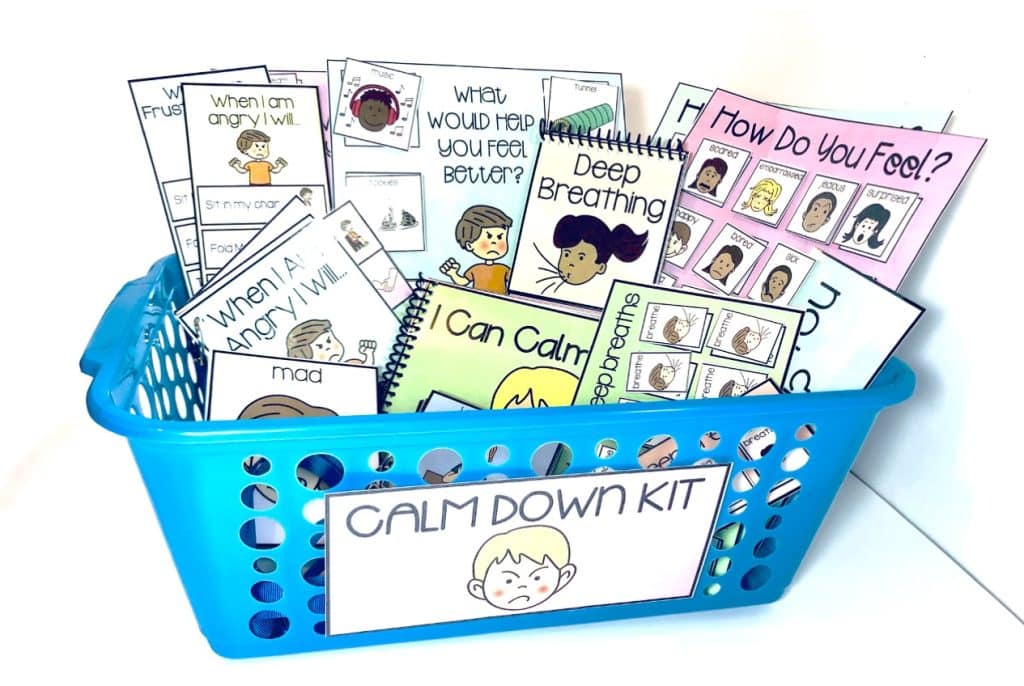
It is important to make sure you have an established safe spot for your students. Depending on your population, this may be in the classroom or somewhere else on campus. I have seen dedicated sensory rooms, break areas or calm down rooms that provide the tools needed to help students be safe. The purpose of a dedicated space for a child in distress is to provide a safe and peaceful place for them to regulate their emotions either on their own or with the help of staff.
If you teach students with special needs, setting up a calm down area in your classroom is ideal. Easy access to these supports is key. The calm down area should be a safe spot for any student to access. Depending on the needs of your students you may include stuffed animals, bean bag chairs, sings, sensory glitter jar, fidget toys, picture books and visual supports. These visual supports can help students with breathing exercises, steps to calm down or tools to communicate with staff.
Depending on whether you work with young kids or older kids, each calm down area will look differently. By simply providing a dedicated quiet area with these tools, students will be able to calm down in a safe manner. A calm down area or calm down kit can be a great tool for an angry child who needs assistance coping with their big emotions.
It is important to fade prompts when helping a child in distress so that ultimately they will be able to do so independently over time. To read more about setting up a calm down area in your classroom, read more here.
In summary, using these alternative phrases can help show empathy, understanding, and support without telling someone to “calm down.” Initiating a proper phrase to a child in distress is the first step to helping the child to calm down and build a safe environment together.
Like what you read? Don’t forget it, PIN IT!
